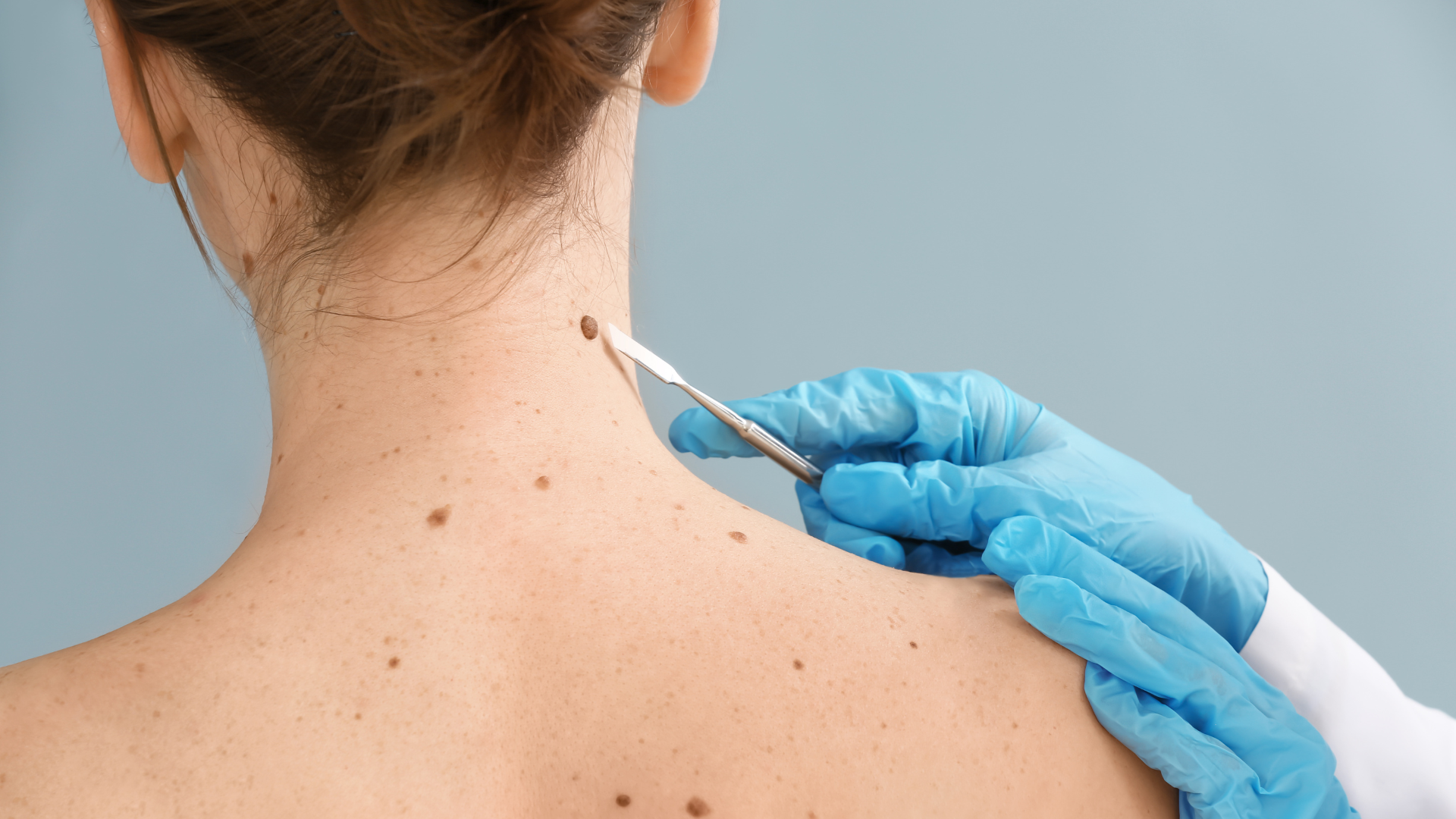A recent report by the International Agency for Research on Cancer (IARC), a specialized entity of the World Health Organization (WHO), has revealed that more than 80% of cutaneous melanoma cases worldwide are related to exposure to ultraviolet (UV) radiation. According to the study published on May 27, 2025 in the International Journal of Cancer, of the nearly 332,000 cases diagnosed in 2022, approximately 267,000, equivalent to 83%, were attributable to UV exposure. That same year, this disease caused 58,700 deaths.
The report highlights that the burden of cutaneous melanoma varies significantly by region of the world, due to differences in levels of exposure to UV rays and the increased risk of developing cutaneous melanoma among fair-skinned populations. The regions with the highest rates of melanoma attributable to UV radiation were Australia and New Zealand, Northern Europe, and North America, where more than 95% of melanoma cases were caused by exposure to UV rays.
Although in many countries with historically higher incidence rates, rates among younger generations have been declining, population growth and aging are expected to result in a substantial increase in the number of melanoma cases diagnosed annually. It is projected that by 2040 there will be more than 510,000 new cases and 96,000 deaths, representing an increase of 50% and 68%, respectively.
Oliver Langselius, a scientist at IARC and lead author of the study, emphasized that "most cases of cutaneous melanoma are preventable." The findings underscore the urgent need to intensify public health efforts in solar safety, especially in high-risk regions and among aging populations.
Melanoma, a serious skin tumor, may resemble a mole, but often presents warning signs such as asymmetry, irregular borders, multiple colors, and changes in size or appearance.
